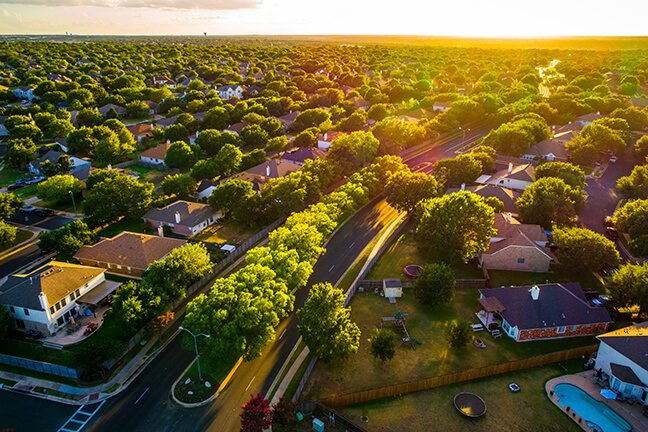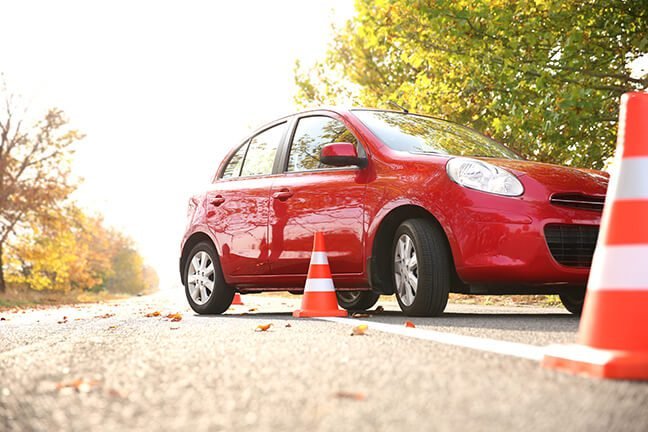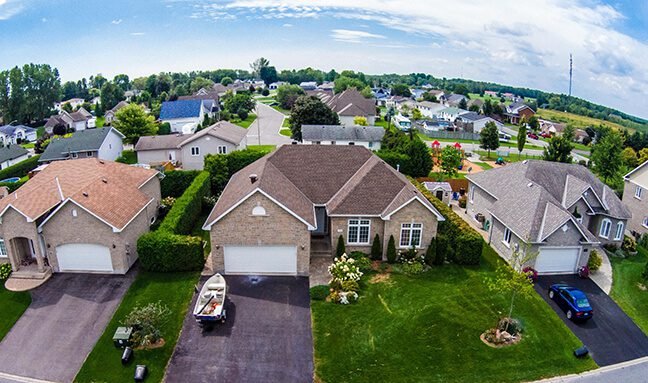If you are an immigrant in the US planning on moving to the suburbs, there are a few things you should know.
The suburbs are a great place to live if you want more space and a slower pace of life than you would find in the city.
However, moving to the suburbs requires a big adjustment for you and your family, especially if you have just come from a country where urban living is the norm.
Here are tips to help you make a smooth transition to suburban living.
Preparation: Do your research
Every suburb is different. Some may be more welcoming to immigrants than others. It’s important to do your research and find a suburb that is a good fit for you and your family. Consider factors like the size of the suburb, the demographics, the cost of living, and the distance from relatives or friends who can help you settle in.
Preparation: Think about your lifestyle
Your lifestyle is another important factor to consider when choosing a suburb. If you enjoy being close to nightlife and restaurants, you’ll want to choose an area that has those things nearby. On the other hand, if you prefer a more quiet and relaxed lifestyle, you might want to look for a suburb that’s further away from the city.

Preparation: Find a Place to Live
Before moving to your new home, it is important to decide what type of home you are going to live in. Are you looking for an apartment, a house or one of the many options available? For a comprehensive guide on types of homes in the U.S., check our post “The Different Types of Houses in America: A Guide for Immigrants“.
You can look for available homes to rent or buy at sites like:
Many of the properties listed on these sites include contacts of agents who are used to dealing with people from outside the area. Most of the time, they can provide virtual walkthroughs of the homes for you.
Important Advice: If you plan to purchase a home, we strongly recommend you visit the home before making the decision. What may look like your dream home from virtual tours and walkthroughs may not be the same as when you see it up close. Agents, friends, or families will all have different perspectives than yours.
Preparation: Look for safe neighborhoods
Another important consideration when choosing a suburb is safety. You’ll want to make sure that you’re moving to a neighborhood that has low crime rates and is family-friendly. Additionally, you may want to consider things like proximity to hospitals and fire stations when making your decision. Google searches on the area and school district’s performance can give you a lot of useful information.

Once you move in: Get to know your neighbors
In the suburbs, your neighbors are likely going to be your main source of social interaction, so it’s important to get to know them and build relationships. Attend neighborhood events, introduce yourself to your neighbors, and invite them over for dinner or drinks.
Once you move in: Explore your new community
One of the best things about living in the suburbs is all of the green space and amenities that are typically available. Take advantage of this by exploring your community on foot or by bike. Spend time at the local parks, visit the library, and check out nearby restaurants and shops. A Google search of “Things to do in (your area)” or “Places to see near (your area)” will provide many options.
Once you move in: Be ready for culture shock
It’s not uncommon to feel isolated in a new place. The suburban lifestyle can be quite different from what you’re used to, especially if you came from a big city in your home country. There may be fewer places to shop or eat out, and it can be harder to get around without a car. Be prepared for these changes and give yourself time to adjust.
On average it will take most new immigrants about one year to adapt to the new surroundings. After that, even though you may still feel the occasional culture shock or misunderstandings, you should have started to develop a routine and become more familiar with your surroundings.

Once you move in: Learn how to drive
If you’re used to getting around by public transportation and have never driven, learning how to drive can be a bit of a challenge. But in most suburbs, having a car is a necessity. So take some time to learn the basics of driving and then hit the open road!
We highly recommend taking lessons from a local professional driving school. A simple Google search ” driving instructors near me” should bring up a list. Make sure to check their websites and reviews. They can tell you all the information you will need for your town or city to apply for your Learner’s Permit.
If you already know how to drive and have a license in your country, reach out to the Department of Motor vehicles to find out the steps to transfer your license to a local one. Don’t rely on an international driver’s license.
- You may forget when it expires
- Most forms of ID check are a state driver’s license
Once you move in: Learn English
Compared to the city, suburban areas tend to have fewer people who can speak another language other than English. In order to make the transition to suburban living easier, it’s important to learn English or at least some basic phrases. This will help you communicate with your neighbors and make new friends.
Yes, there are challenges to learning English but being in the environment and forced to speak it will help accelerate your learning speed.

Once you move in: Find a job
Once you’ve chosen a suburb, it’s time to start looking for a job. If you don’t have much experience working in the US, consider starting with a temp agency. This will give you a chance to gain some work experience and build up your resume.
Everyone has different levels of experience and backgrounds. While some may find work easily in specialized fields, others may have to start from the beginning and work their way up.
Consider searching sites:
If you are looking for something quicker and more entry-level in a new field, consider using a local “temp agency“. These are great to gain experience and provide you with income and most importantly, it can help build your credit score by showing consistent and regular income.
Temp agencies can find you work either the same day or very quickly depending on the type of job you are applying for.
Once you move in: Find the right school for your kids
Part of moving to the suburbs is finding the right school for your children. Research the schools in your area and find one that meets your child’s needs. Be sure to enroll them early so they can start making friends and adjusting to their new environment.
If your child has an interest in any school sports, this is also a great way for them to start making friends right away. Children who come to a new environment need to be culturally adjusted as quickly as possible and a team sport is a great way for them to learn social norms.

Once you move in: Join community organizations
One of the best ways to feel at home in your new suburban neighborhood is to get involved in the community. Attend community events, join local clubs and organizations, or volunteer at local schools or nonprofits. This will help you meet new people and feel more connected to your new community.
Lastly, Be Patient
Immigrating to a new country and moving to the suburbs from the city is always a big adjustment, so it’s important to be patient during the process. Give yourself time to settle in and get used to your new surroundings. Don’t expect everything to be perfect right away, as it will take some time for you to feel truly at home in your new home.

